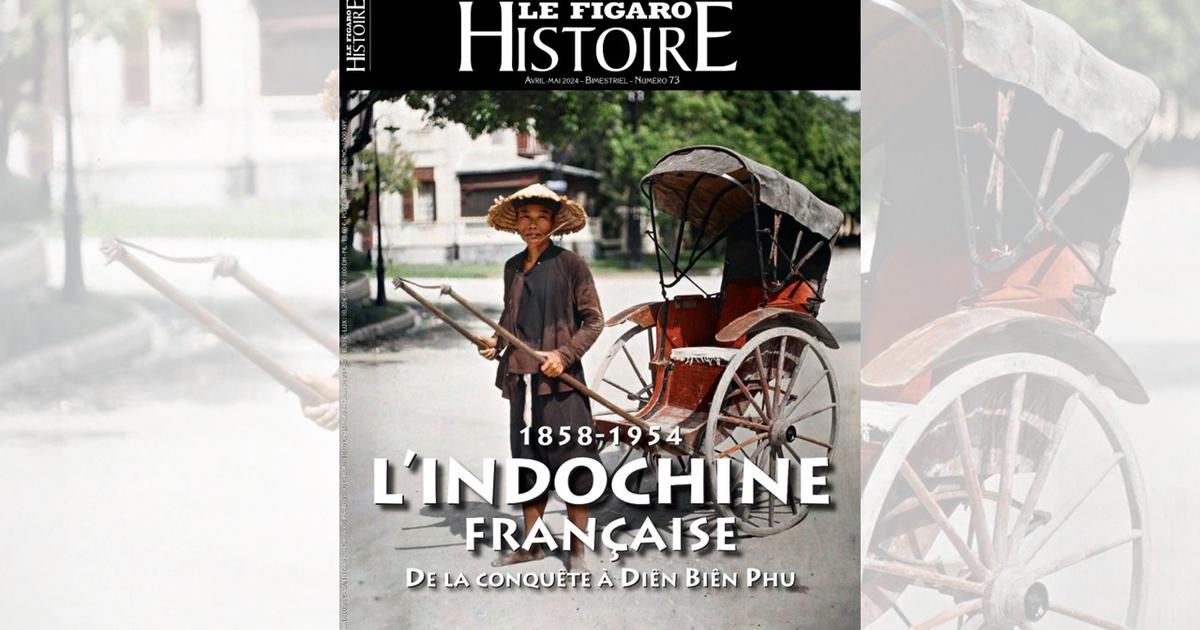Economic growth, immigration and the shadows of National Socialism shaped the history of Bruck after 1945. City archivist Gerhard Neumeier examined the events of the years up to 1990 using files and newspaper reports.
His book has now been presented.
Fürstenfeldbruck
- With his book "Fürstenfeldbruck 1945 to 1990 - From the small town to the middle center", city archivist and historian Gerhard Neumeier has delivered a mammoth work on the recent history of Bruck. When he appeared in the spring, the corona restrictions still prevented him from going on the big stage. But now the 569 strong work has been presented to the public in a panel discussion.
The podium guests - Christian Stangl (Second Mayor), Edith Raim and Dietmar Süß (both historians at the University of Augsburg) as well as Neumeier himself - were able to pick out only a few aspects from the enormous wealth of content on all areas of public life.
Moderated by Merkur editor and historian Dirk Walter and co-moderator Andreas Ostermeier, the shadows of National Socialism, which remained present until the 1950s, even if former Nazis no longer played a role in local politics after the war, were discussed.
But professional biographies could be continued almost seamlessly, says Neumeier.
For many, denazification was carried out according to the motto "Close your eyes and through".
Importance of the air base
The importance of the air base remained outstanding over the decades - with up to 2,000 civilian employees it was an economic factor and part of local society.
Thanks to him, Bruck is exemplary for the development of Upper Bavaria from the “poor house” of the republic to an economic pacemaker, according to historian Raim.
Arrival of new citizens
The influx of new residents was always good for the city, even if there were often conflicts at first.
The wave of refugees and displaced persons - their share made up 20 percent of the population shortly after the war - ensured further developments in the school sector, including the establishment of the Graf-Rasso-Gymnasium.
The air base brought soldiers from all over the Federal Republic and with them new impulses to Bruck.
With the workforce from Italy, Turkey and the former Yugoslavia recruited by the German economy in the 1960s, the city became more cosmopolitan - and, by the way, culinary too.
Stangl said he remembers well when the first Italian opened in the late 1960s.
"Up until then there were only Bavarian inns in the city."
No contemporary witnesses
Former city councilor Klaus-Peter Ernst was among the 50+ listeners in the small hall of the event forum.
He found Neumeier's book “absolutely worth reading”, but also criticized “lack of clarity” in details.
Neumeier only used objective sources for his work - city council minutes, factual files and newspaper reports.
He deliberately refrained from interviews with contemporary witnesses.
"That would have delayed the publication date even further," says the author.
Such surveys can, however, be made up for.
"I'm very open about that."
In the eyes of Bruck's third mayor, Birgitta Klemenz, the plant has already fulfilled an important task - namely to encourage inquiries, further questions and questions in order to get an idea of the history of the city for yourself.








